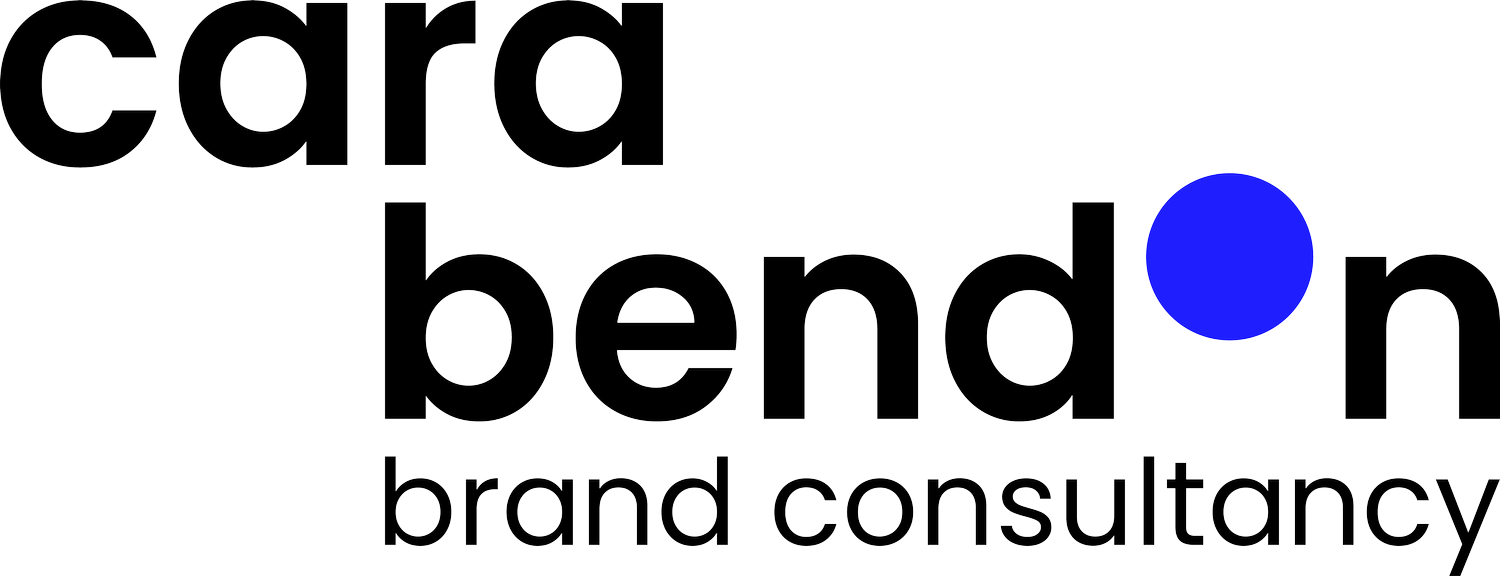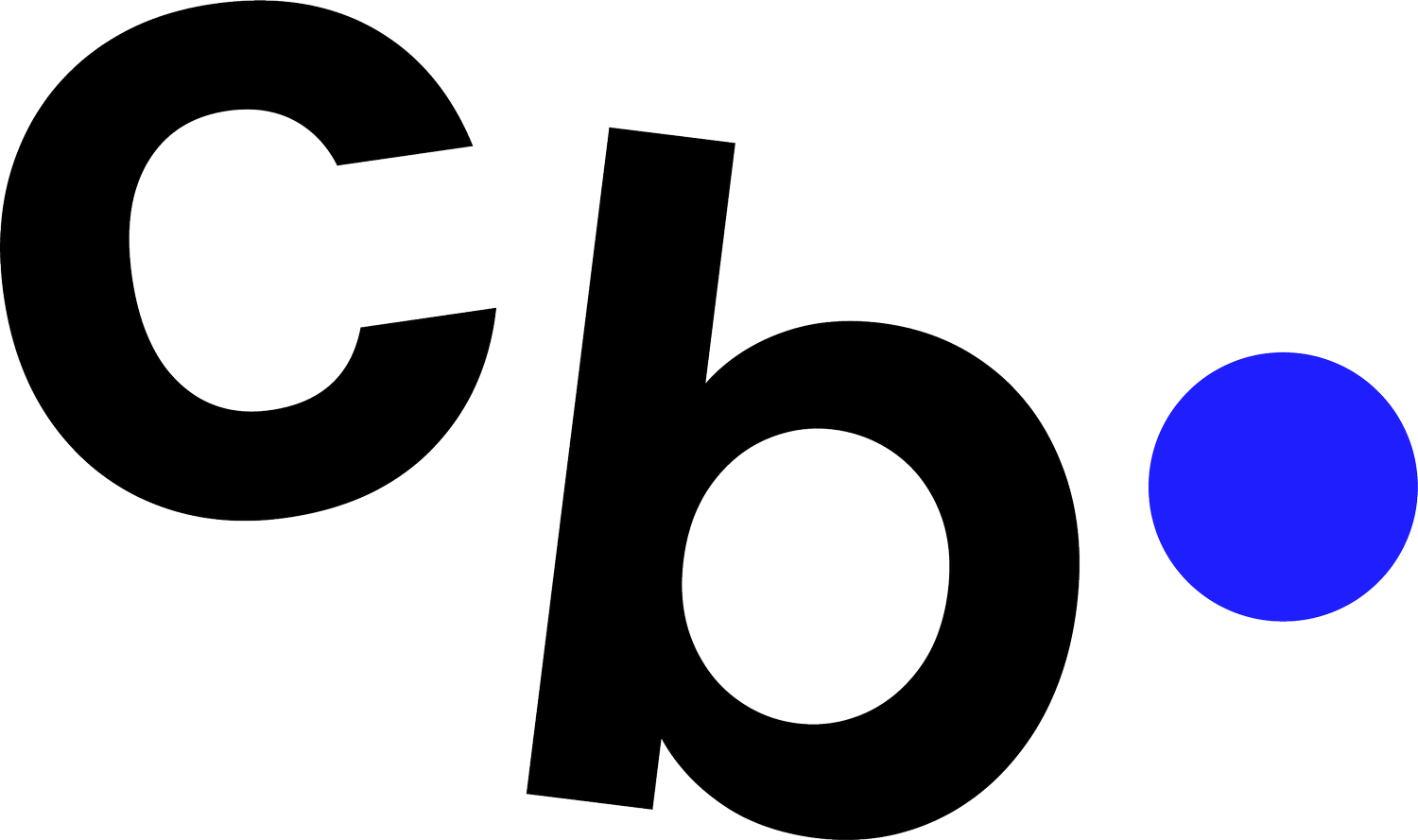Sustainability – It’s More Than a Buzzword
If I told you that we had just 12 years to save the world, you’d probably say I was being dramatic, but with experts estimating we’ll have eliminated the world’s resources by 2031, the reality is that we need to change the way we live; and brands are picking up on this.
20 years ago the words ‘eco’ or ‘green’ concocted images of a middle-aged hippies, but in 2019 young, trendy things are instagramming their resuable waterbottles, metal straws and solid shampoos.
In a nutshell, being sustainable got cool; and just in the nick of time.
I’ve noticed various small shifts that have paved the way for this over the last 10 years: the Co-Op & M&S’s pledge to only sell Fairtrade tea, coffee and chocolate, M&S’s Plan A programme (2007), H&M’s introduction of their Conscious collections (2010) and Oxfam’s ‘Shwapping’ campaign (2012) all put sustainability on the mainstream radar.
Taken by Justin Hofman in Borneo, this image became a viral sensation.
Stark images of oil-slicked birds and a seahorse wrapped around a cotton bud have shocked and gone viral. 2017’s Blue Planet II has been widely accredited with awaking an environmental consciousness in many, both here in Britain, and across the pond, with the series also drawing in huge viewership in America. The UK’s plastic carrier bag law change in 2015 also had an impact, and zero waste stores started to pop up and become blogged about.
The other shift was semantic: eco made way for ethical, green shifted for sustainable. New words have emerged to shake off negative connotations. Where ‘eco’ clothing options seemed to imply a collection of hemp cloth sack dresses, today’s sustainable fashion brands offer commercially attractive items, and often have to shout about their ethical credentials for it to be noticeable.
The 12 year deadline may feel pretty abstract, but groups like Extinction Rebellion are doing their best to give people a wake up call: act now or it’ll be too late.
Iceland’s 2018 campaign featuring an orangutan tugged at customers heartstrings.
Sustainability isn’t a trend; it’s a necessity.
There’s now so much urgency, that brands are keen to show they’re making progress in becoming more eco-friendly. For example, mainstream brands such as Iceland, Ikea and Pret A Manger are launching high profile campaigns to promote their own efforts, and it’s certain that there will be many more following in their footsteps in the future of 2019.
Here are my tips for communicating the sustainable aspect of your brand:
Make it your headline. Make the fact you are ethical the first thing people learn about your business. As more and more consumers set personal goals to be more conscious in their decisions, you’ll want to make sure the fact that you are sustainable is at the forefront of your business.
Keep the conversation going. It’s not enough to just say it once, even if it’s splashed all over your website, a consumer who finds you through social media may never have clicked through to read that, so it’s important to talk about your sustainable credentials often.
Tell a story. People engage with stories, not brands, so it’s up to brands to tell compelling stories to keep making people take note of wider issues. Weave your beliefs into your brand story and it will be clear these values lie at the core of your brand.
Show, don’t tell. They say a picture is worth 1,000 words, and for a fast moving, image consumed society, that’s never been truer. If your packaging is made from recycled paper, show it! If your bags are made from old tire rubber, let’s see it! You’ll be surprised how many people didn’t know, even if you’ve written about it on your website.
Ask what you can do. If you are a business owner reading this, and your business isn’t yet environmentally friendly, have a think about the little changes you could make. The power of a movement over a trend is that small changes can make a big difference, and it’s not so much about ‘jumping on the bandwagon’ as much as evolving the way we do business. Could you use recycled paper for your business cards and packaging? Could you have a discount for those who return packaging to you? Could you offer clients a higher-cost but UK made version of your product?
I hope you’ve enjoyed this brief glimpse into sustainability, if you run a sustainable business and would like help marketing it, get in touch, or feel free to enjoy our other free resources.





